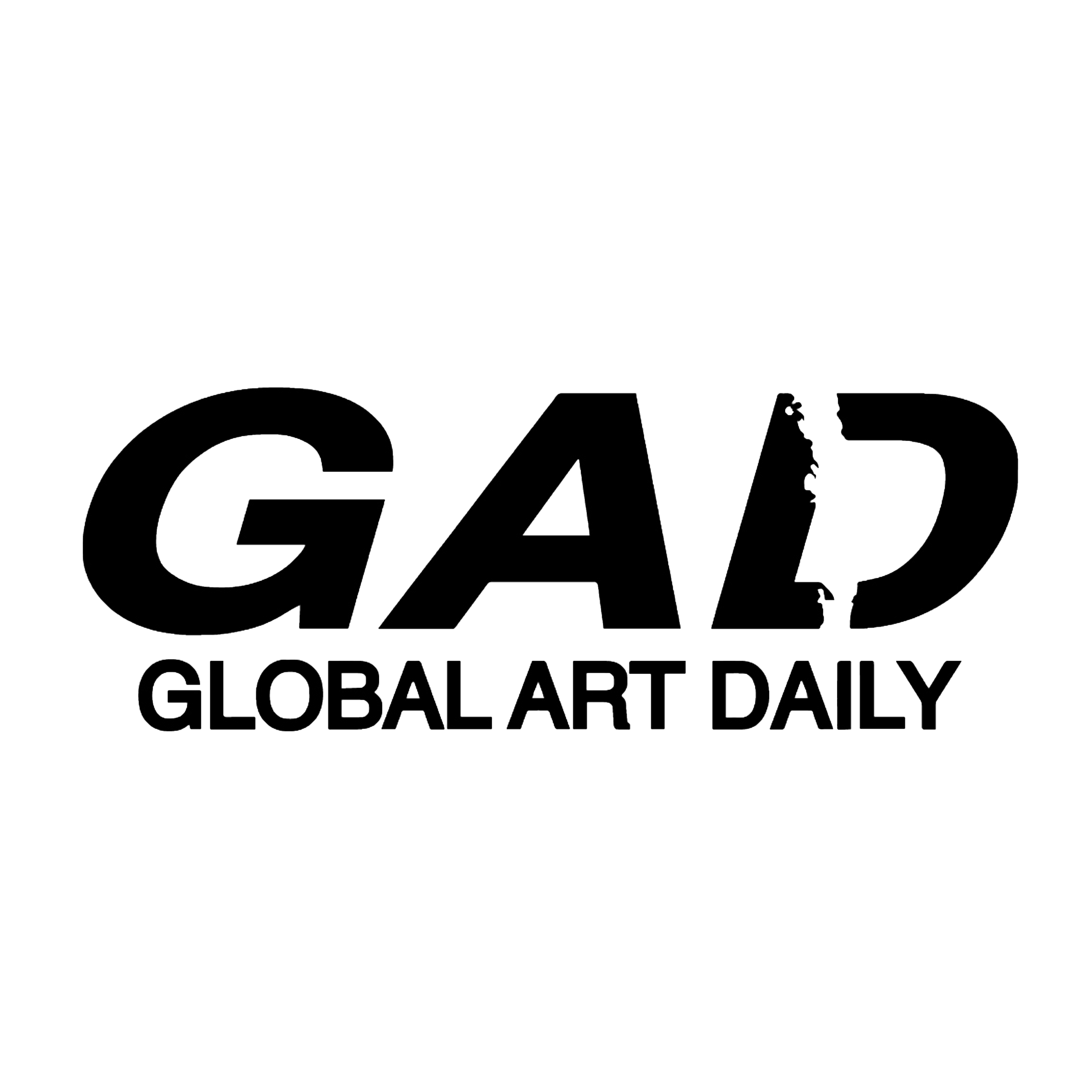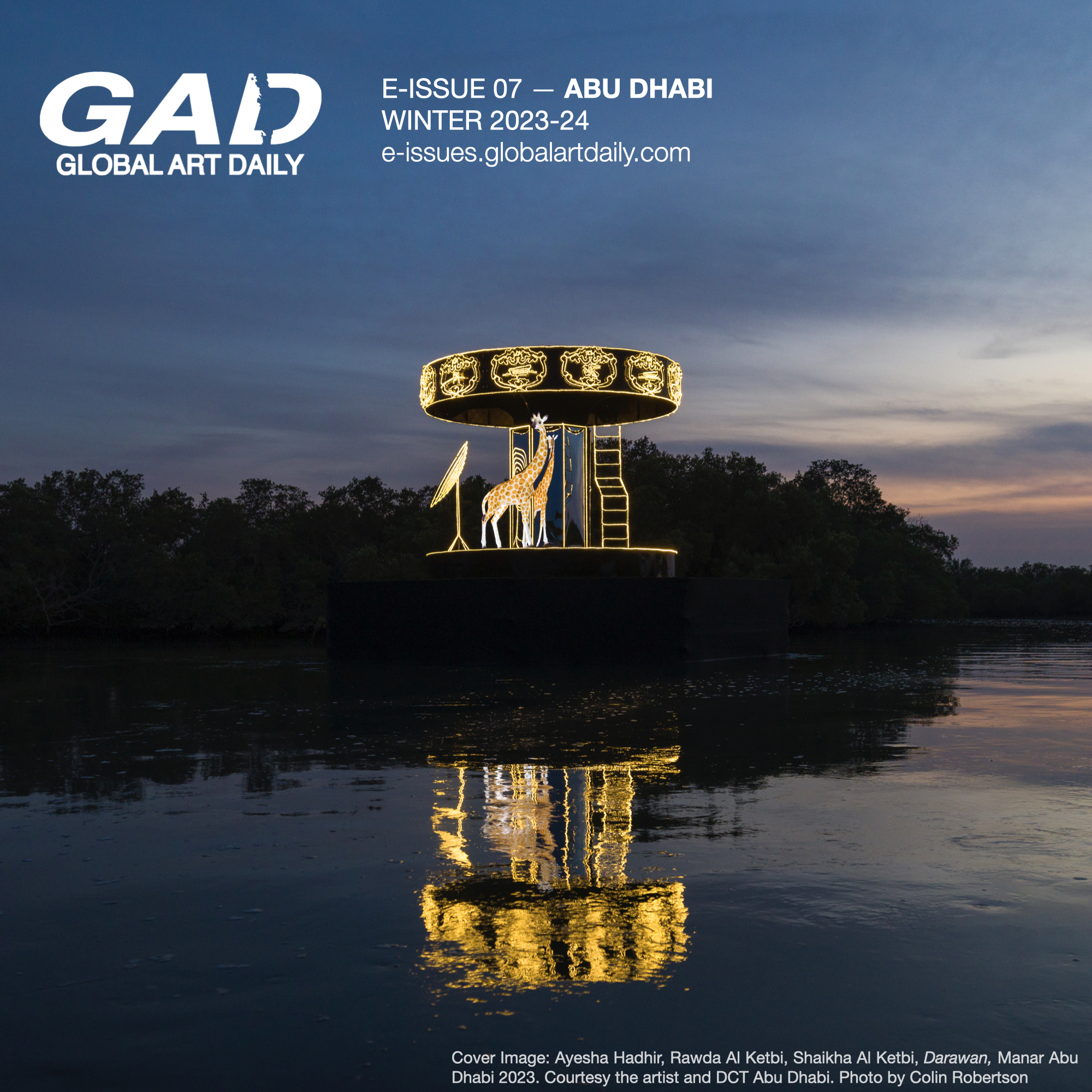

E-Issue 07 –– AUH
Winter 2023-24
January 29th, 2024
- Editor’s Note
- What’s On in Abu Dhabi/Dubai
- Cover Interview: Shaikha Al Ketbi on Darawan
- Rapport: Public Art in the Gulf and a Case Study of Manar Abu Dhabi
- Hashel Al Lamki’s Survey Exhibition Maqam Reflects on a Decade of Practice in Abu Dhabi
- “You Can’t Stand on a Movement”: Michelangelo Pistoletto Interviews Benton Interviewing Pistoletto